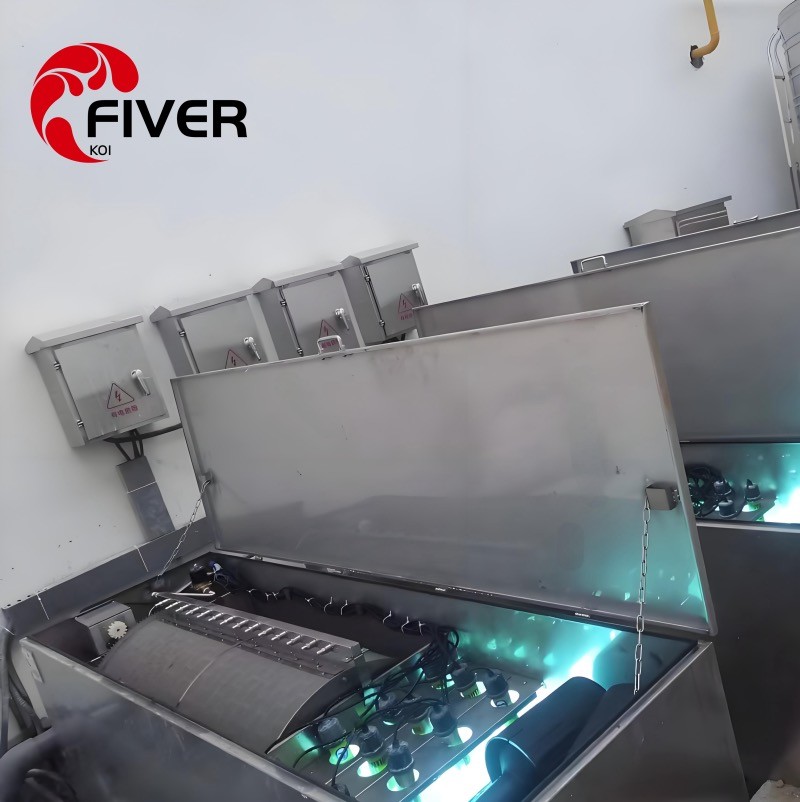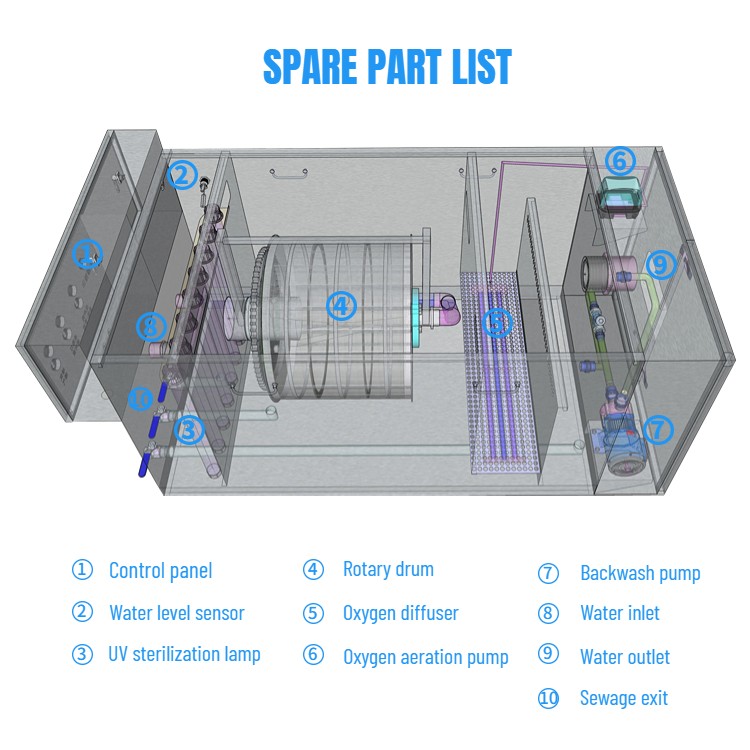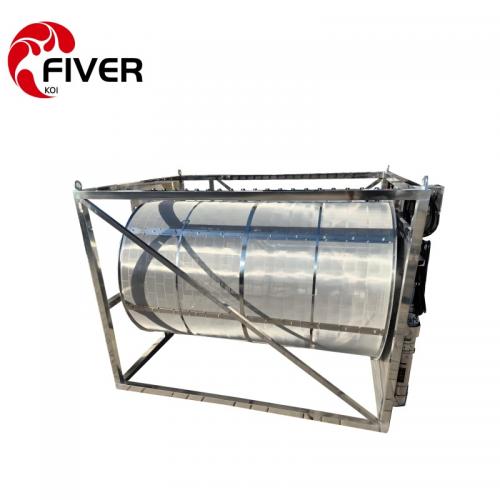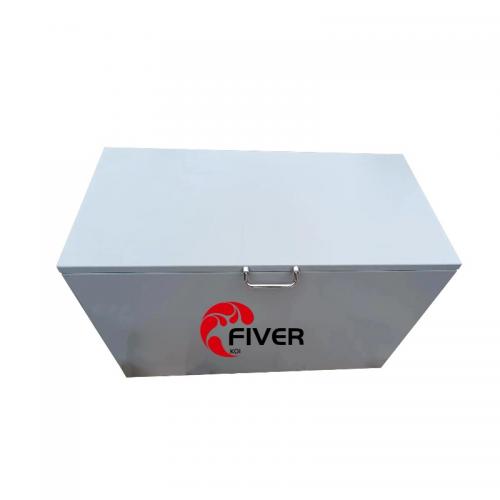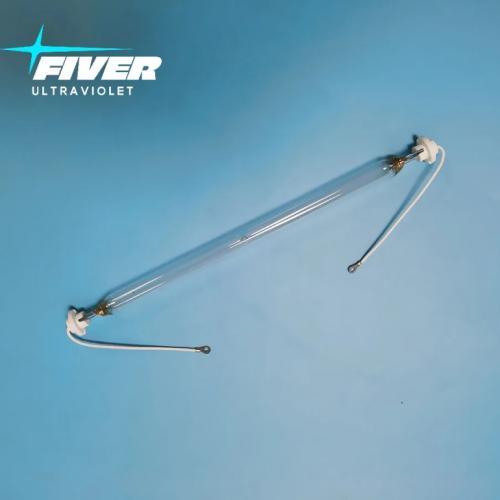70T/H Combi Drum Filter Integrated UV Biofilter for RAS Recirculating Aquaculture
70T/H Combi Drum Filter Integrated UV Biofilter for RAS Recirculating Aquaculture
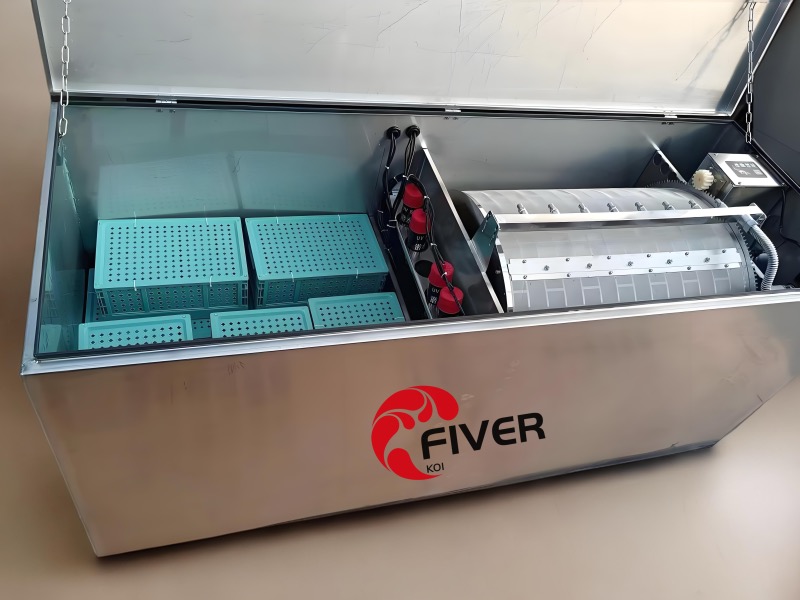
Technical Specifications for Fiverkoi's Drum Filter for Aquaculture:

Product Features for the Drum Filter for Ras
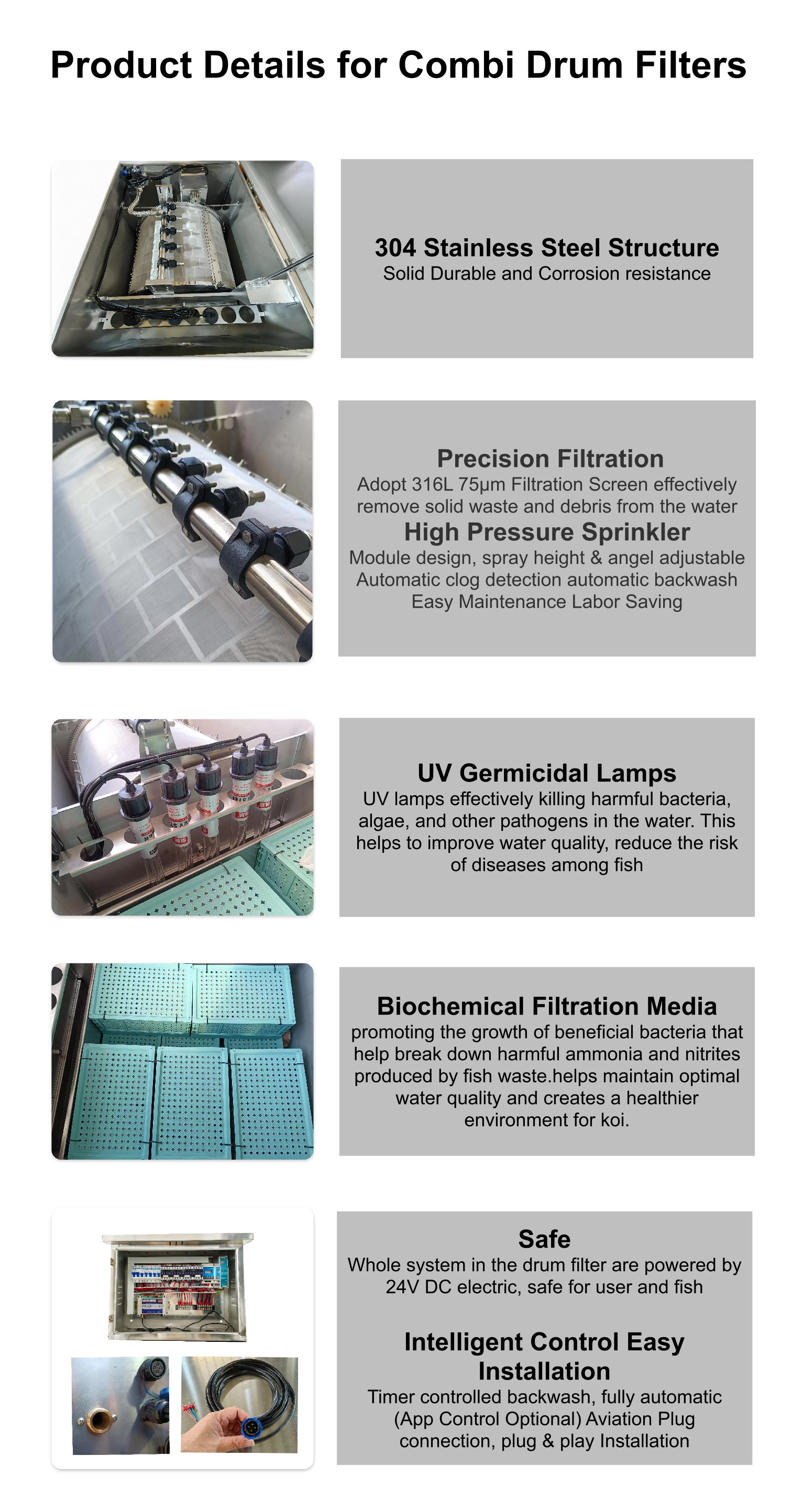
What is RAS Recirculating Aquaculture ? What Are the Components for A RAS Recirculating Aquaculture System?
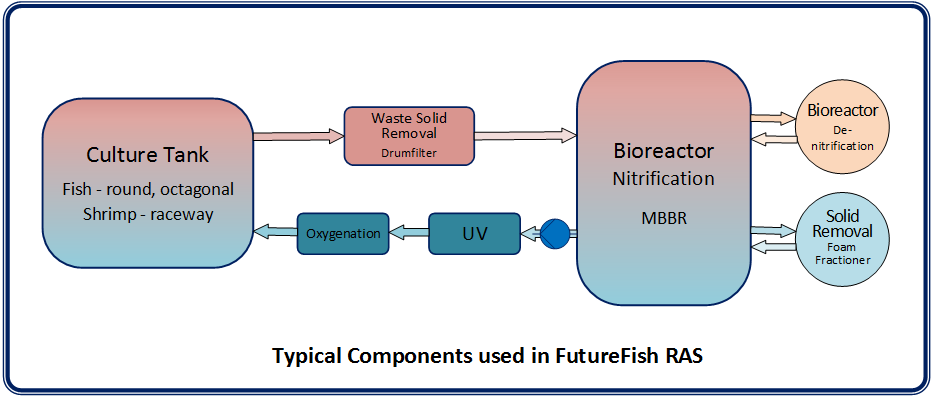
RAS systems are a fascinating technology that's revolutionizing aquaculture,Imagine an indoor fish farm where water is constantly recycled and reused. That's the essence of RAS. Fish are raised in tanks, and the water they live in goes through a treatment process before returning to them clean and healthy.
Key Components for a RAS Recirculating Aquaculture System:
Fish Tanks: These can be fiberglass or concrete tanks and come in various sizes depending on the scale of the RAS.
Mechanical Filtration: This is where drum filters, my area of expertise, come in! They remove uneaten food, fish waste, and other large particles from the water using a rotating drum covered in a fine mesh screen.
Biological Filtration: Nitrifying bacteria are the heroes here. They convert harmful ammonia excreted by fish into nitrites and then nitrates, which are less toxic. Biofilters provide a home for these beneficial bacteria.
Oxygenation: Fish need to breathe just like us! RAS systems use pumps and diffusers to ensure the water is saturated with oxygen.
Temperature Control: RAS can maintain a constant, optimal water temperature for the specific fish species being raised. This is achieved through heaters, chillers, or heat exchangers.
Monitoring and Control Systems: These are the brains of the operation. They continuously track water quality parameters like pH, ammonia, and oxygen levels, and make adjustments if needed.
Benefits of RAS Acquculture:
Reduced Water Usage: RAS is a water-efficient technology, perfect for areas facing water scarcity.
Controlled Environment: RAS allows for precise control of water quality and temperature, leading to healthier fish and faster growth.
Minimized Disease Risk: The closed-loop system helps prevent the spread of diseases between farmed fish and wild populations.
Increased Production: RAS enables high-density fish farming in a smaller footprint compared to traditional open ponds.
The Application of Combi Drum Filters in RAS Recirculating Aquaculture System
A combi drum filter is particularly well-suited for RAS (Recirculating Aquaculture Systems) for several reasons:
Efficient Solid Waste Removal:
RAS rely on maintaining clean water for fish health. Combi drum filters excel at removing uneaten food, fish waste, and other large particles from the water column.
This mechanical filtration is crucial in RAS because unlike open pond systems, waste products can't simply be flushed away with fresh water. A clogged RAS system can quickly lead to poor water quality and fish health problems.
Triple Duty - Mechanical and Biological Filtration Plus UV Disinfection:
The beauty of combi drum filters lies in their ability to combine mechanical and biological filtration and uv disinfection in one unit.
The rotating drum with a fine mesh screen acts as the mechanical filter, removing large debris.
Some combi drum filters come with a secondary chamber containing biological media. Water flows through this chamber after passing the drum, allowing beneficial bacteria to colonize the media and break down ammonia, a harmful waste product from fish, into nitrites and then nitrates.
Continuous and Automatic Operation:
RAS require constant filtration to maintain water quality. Combi drum filters are designed for continuous operation.
The rotating drum automatically collects debris, and most models have a self-cleaning mechanism that flushes the waste away periodically.
This minimizes maintenance needs compared to static filters that require manual cleaning.
Space-Saving Design:
RAS systems often have limited space available. Combi drum filters combine two filtration processes in one unit, reducing the overall footprint needed for filtration equipment compared to using separate mechanical and biological filters.
Overall, combi drum filters offer RAS operators a highly efficient and automated solution for removing solid waste and managing biological filtration, making them a valuable tool for maintaining a healthy and productive RAS environment.



